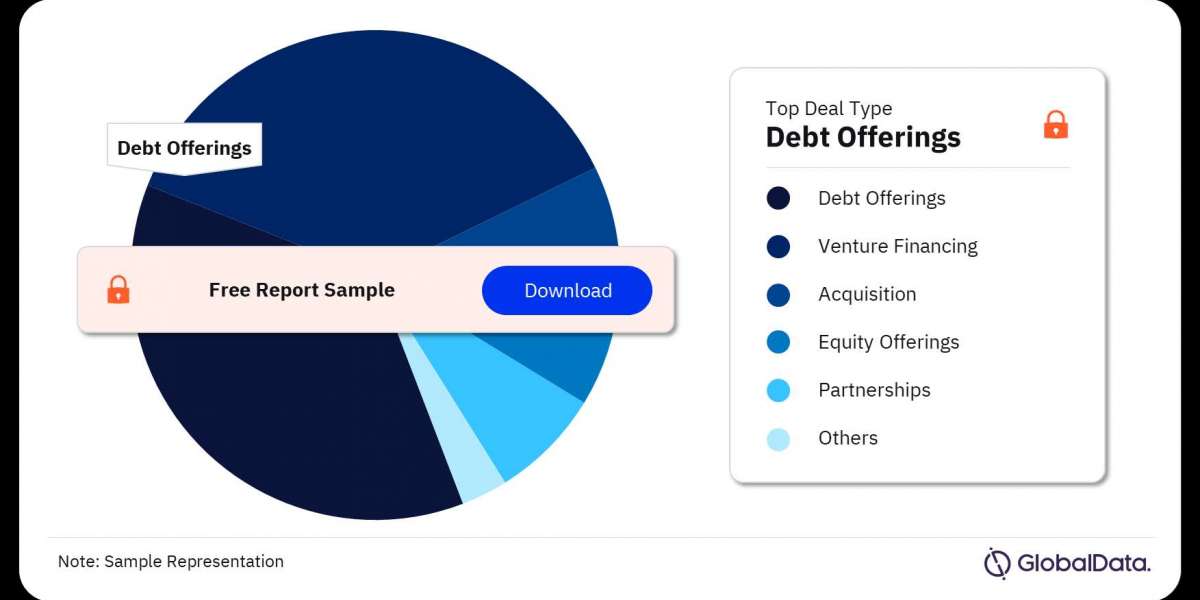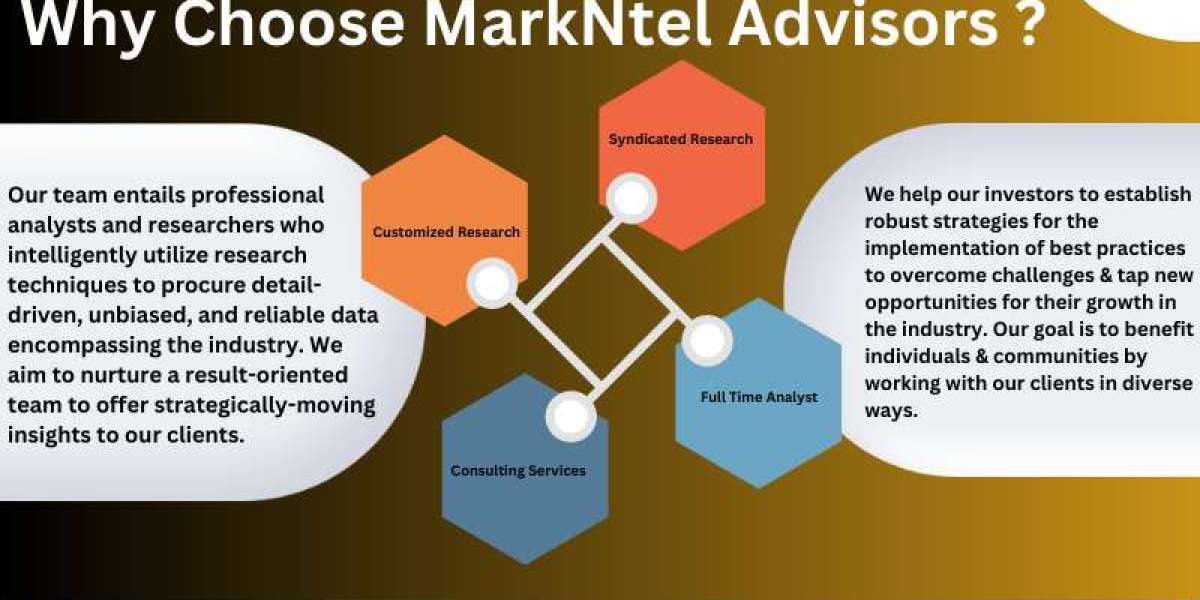Introduction to OCR and Invoice Processing
Welcome to the digital era where technology is revolutionizing how businesses operate. One such technological advancement making waves in streamlining processes is Optical Character Recognition (OCR) in invoice processing. OCR has become a game-changer, offering organizations a way to digitize and automate their invoicing workflows. However, investing in OCR solutions comes with a cost, which begs the question: How can businesses measure the Return on Investment (ROI) of implementing OCR for invoice processing? Let's delve into this topic and uncover the key factors to consider when evaluating the ROI of OCR in invoice processing.
The Importance of Measuring ROI in Business Processes
When it comes to business processes, understanding the importance of measuring Return on Investment (ROI) is key.
By evaluating the ROI of different aspects within a business, companies can make informed decisions that directly impact their bottom line.
Measuring ROI allows businesses to determine the effectiveness and efficiency of their investments, including technologies like Optical Character Recognition (OCR) in invoice processing.
It provides valuable insights into where resources are best allocated and helps identify areas for improvement or cost-saving opportunities.
In the context of OCR in invoice processing, calculating ROI enables organizations to evaluate how much time and money they save by automating manual tasks.
By quantifying the benefits gained from implementing OCR technology, businesses can optimize their processes and drive better financial results.
Factors to Consider in Measuring ROI for OCR in Invoice Processing
When evaluating the return on investment (ROI) of implementing OCR in invoice processing, several factors come into play. Consider the initial costs associated with acquiring and setting up the OCR technology. This includes software licenses, hardware expenses, and implementation fees.
Assess the time savings achieved through automation. By using invoice OCR to extract data from invoices swiftly and accurately, employees can focus on more strategic tasks rather than manual data entry.
Additionally, take into account the reduction in error rates. OCR helps minimize human errors that are common in manual data entry processes. Fewer mistakes mean fewer costly discrepancies down the line.
Moreover, factor in increased efficiency and faster processing times enabled by OCR technology. With streamlined invoice processing workflows, businesses can improve cash flow management and vendor relationships.
Consider scalability. As your business grows, how easily can you expand your OCR solution to accommodate higher volumes of invoices? Scalability is crucial for long-term ROI success when investing in OCR for invoice processing purposes.
Tools and Methods for Calculating ROI
When it comes to calculating the return on investment (ROI) of implementing OCR in invoice processing, there are various tools and methods available to help businesses determine the impact of this technology. One common approach is using ROI calculators that consider factors like time saved, error reduction, and cost efficiency.
Another method involves conducting a before-and-after analysis by comparing key metrics such as processing time, accuracy rates, and labor costs pre-OCR implementation versus post-implementation. This hands-on approach allows for a more customized assessment based on specific business needs.
Utilizing software analytics and reporting tools can also provide valuable insights into the performance of OCR in invoice processing. These tools can generate detailed reports on data extraction accuracy, invoice approval times, and overall process efficiency.
Businesses may also opt for consulting services from experts who specialize in evaluating the ROI of technology investments. These professionals can offer tailored solutions and recommendations based on industry best practices and benchmarks.
Ways to Improve ROI for OCR in Invoice Processing
One way to enhance the ROI of OCR in invoice processing is by continuously refining the extraction accuracy. Investing in training datasets and fine-tuning algorithms can lead to better data capture, reducing errors and manual interventions.
Another strategy is to integrate OCR with automation software for seamless workflow management. By streamlining processes, businesses can save time and resources, ultimately increasing efficiency and ROI.
Regularly analyzing performance metrics and KPIs related to OCR implementation can provide valuable insights into areas that require optimization. This data-driven approach allows organizations to make informed decisions on how to further improve ROI.
Additionally, staying updated with new technologies and advancements in OCR systems is crucial for maximizing returns. Adopting cutting-edge solutions can help businesses stay competitive and ensure a higher return on investment in invoice processing.
Conclusion: The Value of Investing in OCR for Businesses
Investing in OCR for invoice processing can revolutionize the way businesses handle their financial operations. By automating data extraction, reducing errors, and improving efficiency, OCR offers a significant return on investment. Businesses that leverage OCR technology not only save time and resources but also gain valuable insights from data analytics to make informed decisions. The value of investing in OCR goes beyond cost savings; it enhances productivity, accuracy, and competitiveness in today's fast-paced business environment. Embracing OCR is more than just a technological upgrade—it's a strategic move towards optimizing processes and driving growth.








